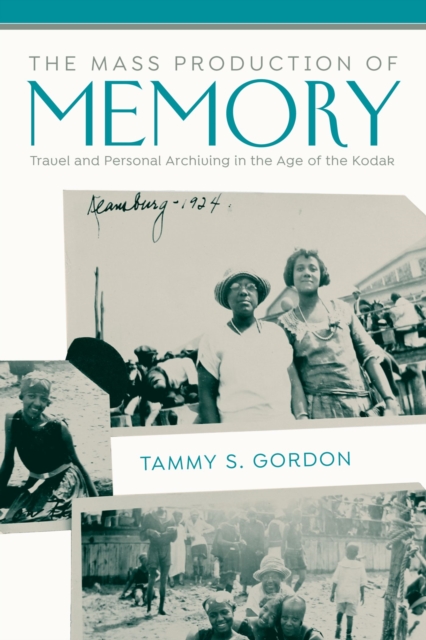
The Mass Production of Memory : Travel and Personal Archiving in the Age of the Kodak Hardback
by Tammy S. Gordon
Part of the Public History in Historical Perspective series
Hardback
Description
In 1888, the Eastman Dry Plate and Film Company offered the first portable camera that allowed users to conveniently take photos, using leisure travel as a primary marketing feature to promote it.
The combination of portability, ease of use, and mass advertising fed into a national trend of popular photography that drew on Americans' increasing mobility and leisure time.
The Kodak Company and the first generation of tourist photographers established new standards for personal archiving that amplified the individual's role in authoring the national narrative.
But not everyone had equal access to travel and tourism, and many members of the African American, Native American, and gay and lesbian communities used the camera to counter the racism, homophobia, and classism that shaped public spaces.In this groundbreaking history, Tammy S.
Gordon tells the story of the camera's emerging centrality in leisure travel across the late nineteenth and early twentieth centuries and its role in "the mass production of memory," a process in which users crafted a visual archive attesting to their experiences, values, and circumstances, setting the stage for the customizable visual culture of the digital age.
Information
-
Available to Order - This title is available to order, with delivery expected within 2 weeks
- Format:Hardback
- Pages:176 pages, 15 black & white illustrations
- Publisher:University of Massachusetts Press
- Publication Date:30/11/2020
- Category:
- ISBN:9781625345318
Other Formats
- Paperback / softback from £23.95
Information
-
Available to Order - This title is available to order, with delivery expected within 2 weeks
- Format:Hardback
- Pages:176 pages, 15 black & white illustrations
- Publisher:University of Massachusetts Press
- Publication Date:30/11/2020
- Category:
- ISBN:9781625345318










